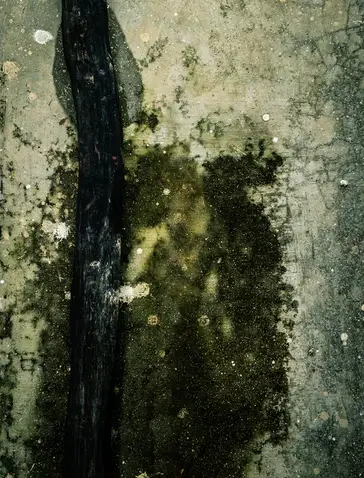
Most of you will ask the question “does an air purifier help with mold?” if you ever chance upon an air purifier. While it’s true that the true HEPA filter of an air purifier works wonders for dirt, dust, and other forms of pollution, does it also include mold, mildew, and the like?
This article will showcase what air purifiers are capable of doing. After all, mold is a pesky enemy of most households. They are commonly found in areas that are highly humid, such as when you’re in California or when the summer season just feels too sweaty. Mold usually goes into places with a lot of wetness, such as in basements, laundry areas, kitchens, and the like.
Mold could also come from spoiled food or kitchen utensils that haven’t been cleaned. This is why mold could actually be the cause of certain diseases that you may catch along the way, especially in the summer season. This is when you may be looking for a way to get rid of mold.
Do air purifiers work with mold?
Yes, it does! If you ever ask the question “do air purifiers get rid of odors?” then that’s the same answer. Both odor and mold can be removed with the following components of an air purifier:
- UV germicidal lamp. A UV germicidal lamp does the job by killing germs (as the name says) and bacteria that could cause mold to make you sick (see below). Mold and mildew can easily be destroyed by UV light and that’s why many air purifiers nowadays have this feature.
- Activated carbon filter. Many of the air purifiers you will encounter in the market are made with an activated carbon filter. It does the work by trapping the smell of mold in your air and keeping it neutralized. While your true HEPA filter works on the pollen and pet dander, your activated carbon filter works on the tobacco smoke, fish smoke, and kitchen mold smells.
- Air purifiers with a dehumidifier function. If you do find an air purifier that has a dehumidifier, that would be awesome. You see, a dehumidifier makes your life easier if you have a moldy house or if your common climate is humid. Dehumidifiers can lower your humidity so it doesn’t always get too greasy and gross, leaving no room for mold to grow steadily.
How do you know if mold is making you sick?
Mold sickness can be identified by any of the following symptoms:
- You get colds and flu often
- Cough and shortness of breath
- Eye redness
- Joint pain and muscle pain
- Frequent headaches or migraines
- Runny nose, allergic rhinitis, and sinusitis
- Watery or itchy eyes
- Skin rashes
- Dizziness and fatigue
- Your memory and focus are off
Take note that you should still rule these out if you have other external factors that could be making you sick. For instance, some people do have a history of vertigo or dizziness while others are old and maybe experiencing joint pains more often.
How do you know if your house has mold?
Mold isn’t always the green, gross display of fungi in your room, but it could be a mix of everything else. Here’s how you can find out if your house or room is infested in a mold:
- Mold spores. They aren’t exactly as green as we see them on TV – they can sometimes be black dots that can lurk around your kitchen, especially between tiles, on corners of the house, and the like. If they are visible in your area spaces then they could definitely mean trouble.
- You get sick often. If you often get cold or flu and you don’t know why it’s becoming more often, you may be exposed to certain amounts of mold in your house. Mold can definitely make you sick since it has bad bacteria and viruses in it. This is especially the case if you figure out that you only get sick when you’re inside the house.
- Damp smells. A damp smell is something that could possibly harbor mold. It’s usually a musty or moldy smell that can be easily identified. Think of it as a towel that’s been left indoors and haven’t been dried in a while, so it smells gross. That’s the smell of mold. If you smell a lot of that, there’s your mold suspect.
- Your nose is frequently bleeding. Did you know that mold can sometimes make you have nose bleeding problems? If you haven’t really been enduring a certain condition, it’s also probably because of the mold in your house.
- Difficulty in breathing. You feel as if the air around your house feels stiff and it’s harder for you to breathe due to the excessive smell, which is probably the case if there’s mold in your house. This is also possible that you get sick often because of it.

What air purifier is best for mold?
For mold, we’d like to suggest the SilverOnyx Air Purifier for Home Large Room since it has a UVC lamp. This lamp is able to kill germs and other air inhabitants that could cause mold. Additionally, it even has an ion generator or ionizer that’s not that harmful to the environment and can be used along with the UVC light for germ-fighting and mold-busting.
Added to that is a charcoal filter that works with the true HEPA H13 filter (high-grade) which can filter out most pollutants and also eliminate most foul odor caused by mold and smoke. Since it has 5 levels of filtration, it can work even for the smelliest basements, laundry areas, or kitchens.
Conclusion
To wrap it up, mold is quite a nuisance at home or even in an office or business space. However, it takes only a few tips and tricks to get rid of mold – air purifiers included. We hope that this article enlightened you on whether to invest in an air purifier for mold or not – and we hope you do give it a try!


